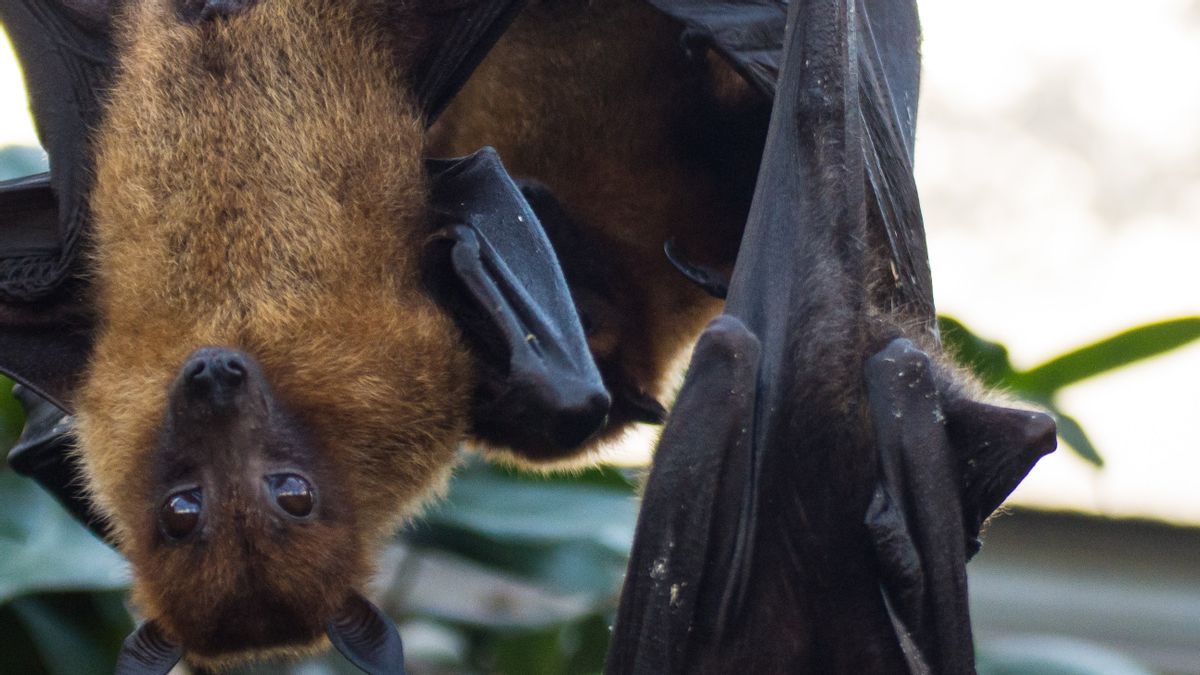JAKARTA - Health experts are currently wary of the emergence of the Nipah virus (NiV) which has returned to a new pandemic. What worrying is, the death rate from the Nipah virus is quite high.
Reflecting on the first outbreak of the Nipah virus, the death rate for people infected with this virus is estimated to be between 40 and 75 percent. This death rate is much higher than the world's COVID-19 deaths, which are currently around 2 percent.
Griffith University's epidemic expert, Dicky Budiman, called the Nipah virus as one of the most feared diseases. In addition to the high mortality rate, the incubation period for infected people is also quite long, up to one month.
"The Nipah virus is one of the most feared diseases because of the combination of a long incubation period and a high mortality rate. It could be that three-quarters of the population in one region could die if the virus is not treated from the start," Dicky told VOI, Wednesday, January 27th.
Launching the official WHO website, it was explained that the Nipah virus first occurred in Malaysia in 1999. Humans who were infected for the first time were a group of breeders. This epidemic infected nearly 300 people and more than 100 people died.
During the first known outbreak in Malaysia and spreading to Singapore, most Nipah virus infections to human were caused by direct contact with sick pigs.
The Nipah virus continued in Bangladesh and India in 2001. Initially, humans ate fruits or fruit preparations contaminated with urine or saliva from fruit bats. These animals may be a source of viral infection.
Human-to-human transmission of the Nipah virus has also been reported among families and carers of infected patients. Mode of transmission is through droplets or saliva splashes.
Symptom
People infected with the Nipah virus initially experience symptoms including fever, headache, muscle aches, vomiting and sore throat. These symptoms can be followed by dizziness, drowsiness, altered consciousness, and neurological signs that indicate acute encephalitis.
Some people can also experience atypical pneumonia and severe breathing problems, including acute respiratory distress. In severe cases, seizures can lead to coma within 24-48 hours.
The incubation period, which is the interval from infection to the onset of symptoms, ranges from 4 to 14 days. At the longest, there are examples of Nipah virus infection case which have an incubation period of 45 days.
There is no cure yet
Until now, there is no specific drug or vaccine to treat cases of this virus, either humans or animals. In past outbreaks, the primary care for humans was supportive care.
WHO has identified the Nipah virus as a priority disease in the WHO research and development blue print. In March 2020, the Coalition for Epidemic Preparation (CEPI) allocated a budget of USD 25 million for research and clinical trials of the Nipah virus vaccine against humans.
The English, Chinese, Japanese, Arabic, and French versions are automatically generated by the AI. So there may still be inaccuracies in translating, please always see Indonesian as our main language. (system supported by DigitalSiber.id)













